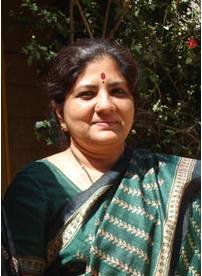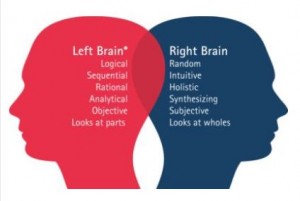We can talk about making change. But affecting real change in the world comes from impacting the lives of individuals. It comes from empowering people to be independent and able to make a living on their own while at the same time being fully integrated in our interdependent global community. Sometimes it takes something that seems to be radical to make this change, but these shifts can be deceptively small. They can be even as small (or as large) as the cost of a Los Angeles Yoga class.
How could this be? In the practice of microcredit, lending seemingly small amounts of money to small-scale entrepreneurs allows them to succeed and change their circumstances. This is the fundamental basis of microcredit’s transformative power; it’s a revolutionary concept in finance. This practice shifts the emphasis from financial transactions being focused only about large loans and large scale businesses, which are out of reach of many one-person operations, institutions and organizations – to lending practices that actually make a positive difference in a person’s life. Microcredit practices based on social justice and empowerment operate through a combination of small-scale loans based on trust and community support, with structured repayment plans and programs that encourage savings. In these situations, people actually have the opportunity to solidify long-term change in their lives.
In 2006, economist Dr. Muhammad Yunus and the institution he founded, the Grameen Bank, were awarded the Nobel Peace Prize. This award was in recognition of their revolutionary efforts to create this micro-credit model, support sustainable economic practices, and provide an alternative to what were exploitive norms. When a person is caught in a cycle of poverty, they may become trapped in the system, particularly since large banking institutions have historically ignored people without assets or credit histories, who are just starting out and who may not have already proven themselves. Most banks prefer to lend large sums of money that represent a greater profit margin and are set up only for large loans in order to make a profit themselves. And even making it more challenging, people at the bottom of the economic scale worldwide have had to rely on moneylenders charging usurious terms and interest rates to obtain funds to plant the next crop, buy inventory of new equipment, or upgrade a business in any way. Institutions such as the Grameen Bank and their affiliates are offering another approach. It’s one that has significantly impacted millions of people. Continue reading




